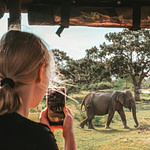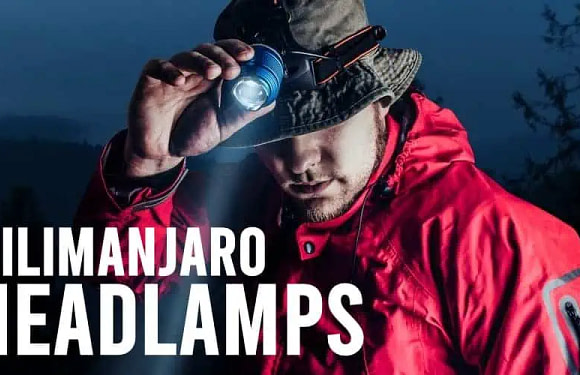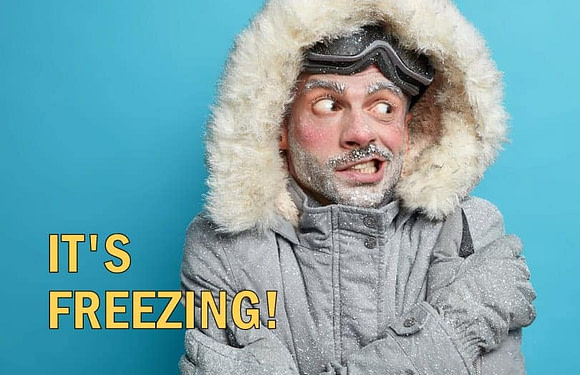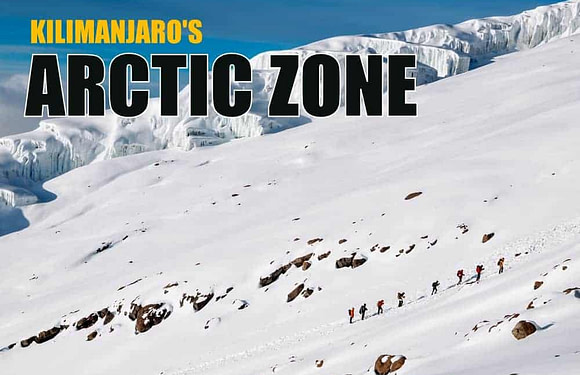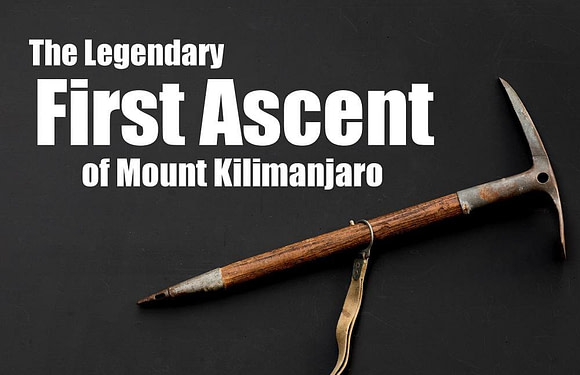
Where is Mawenzi Peak?
Mawenzi Peak is one of the principal peaks of Mount Kilimanjaro, the tallest mountain in Africa. It lies to the east of its more famous counterpart, Uhuru Peak, which is the true summit of Mount Kilimanjaro.
With an altitude of 16,893 feet (5,149 meters), Mawenzi is the third-highest peak in Africa, behind Uhuru Peak on Kilimanjaro (19,341 feet/5,895 meters) and Batian Peak on Mount Kenya (17,057 feet/5,199 meters). Mount Kilimanjaro is located in Tanzania while Mount Kenya is located in Kenya.
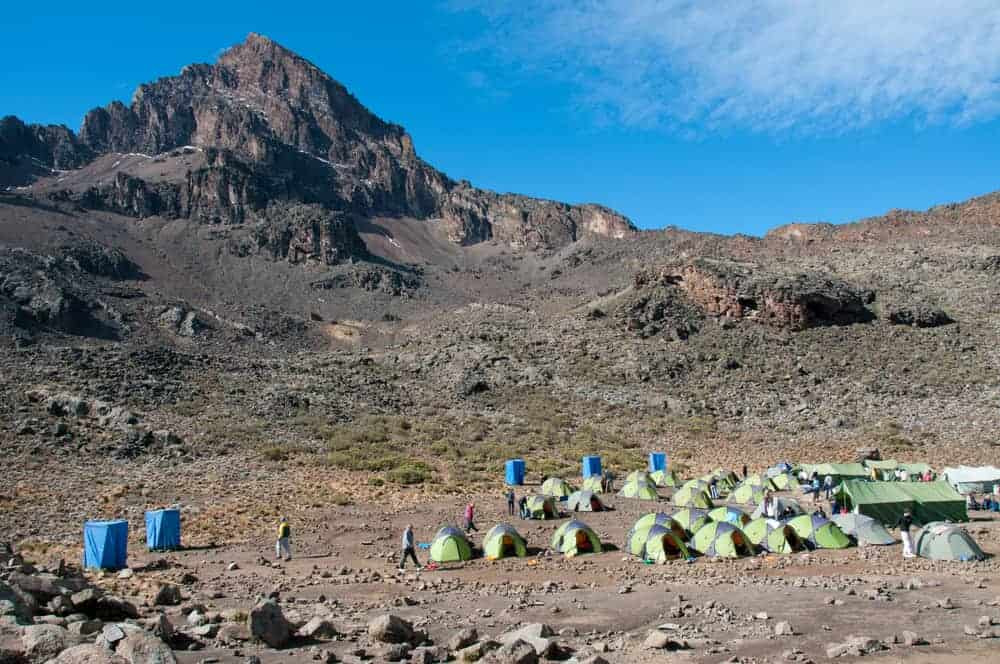
Mawenzi Peak is a significant landmark, distinctly visible from many points on the Kilimanjaro climbing routes. Trekkers on Rongai route will camp very close to Mawenzi Peak at Mawenzi Tarn camp. Those ascending on Marangu will also be somewhat near at Horombo Hut. Climbers approaching the summit from other directions will still get mesmerizing views of Mawenzi from Barafu Camp or School Hut and also as the sun rises on their summit bid.
How Was Mawenzi Peak Formed?
Mawenzi Peak formed as a result of the same volcanic activity that formed Mount Kilimanjaro as a whole. The mountain was created through a series of eruptions from three volcanic cones: Kibo, Mawenzi, and Shira.
Though Mawenzi Peak is situated close to Uhuru Peak, these two peaks vary substantially in their appearances. Uhuru Peak has gentle slopes, a rounded top, and a circular crater. Mawenzi has undergone significant erosion, which has given it a rugged and craggy appearance. This erosion exposed some of the oldest rocks on Kilimanjaro, making Mawenzi a point of interest for geologists studying the mountain’s history.

How Did Mawenzi Peak Get Its Name?
The name ‘Mawenzi’ cames from the Chagga word kimawenzi, which means broken top. This is a reference to the peak’s jagged summit. The Chagga are the third largest ethnic group in Tanzania.
What is the Climate of Mawenzi Peak?
Mawenzi falls within the alpine desert zone of Kilimanjaro. This zone is a harsh, dry, desert environment that supports little animal or plant life. During the day, the temperatures are hot while at night,the temperatures plummet to below freezing.
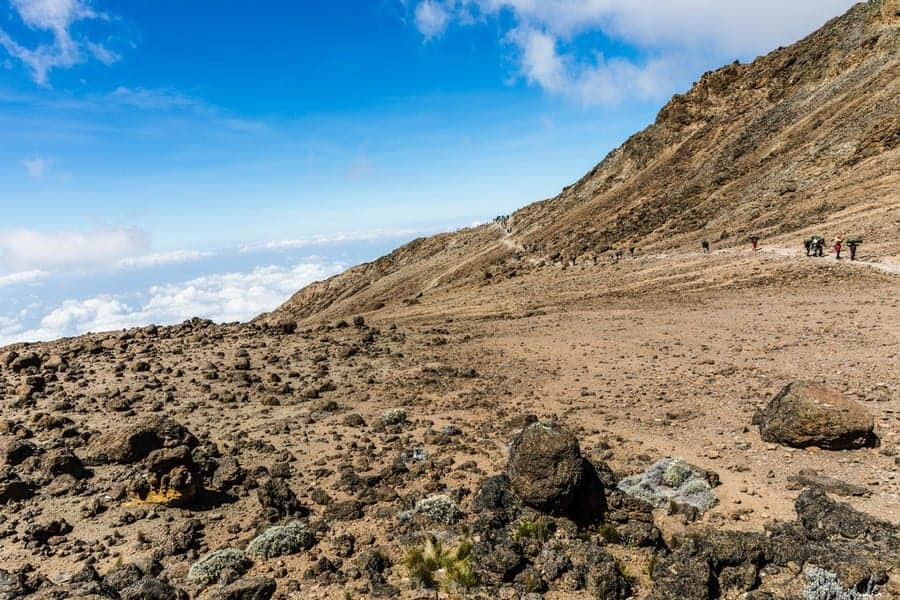
Is It Possible to Climb Mawenzi Peak?
Yes. For more than a decade, it was not allowed to scale Mawenzi Peak due to the danger it posed. The steep terrain and fragile rocks make climbing it extremely hazardous. Despite the risks, the park authorities reopened Mawenzi for tourists.
Note that Mawenzi’s rugged and eroded nature makes it a technical climb, requiring skill and experience beyond those needed for Uhuru Peak, which is a non-techincal, trekking peak. The peak’s challenging nature means that it is rarely climbed. Not many Kilimanjaro guide companies operate on Mawenzi Peak.
Ultimate Kilimanjaro® does not guide on Mawenzi Peak due to its high risk.
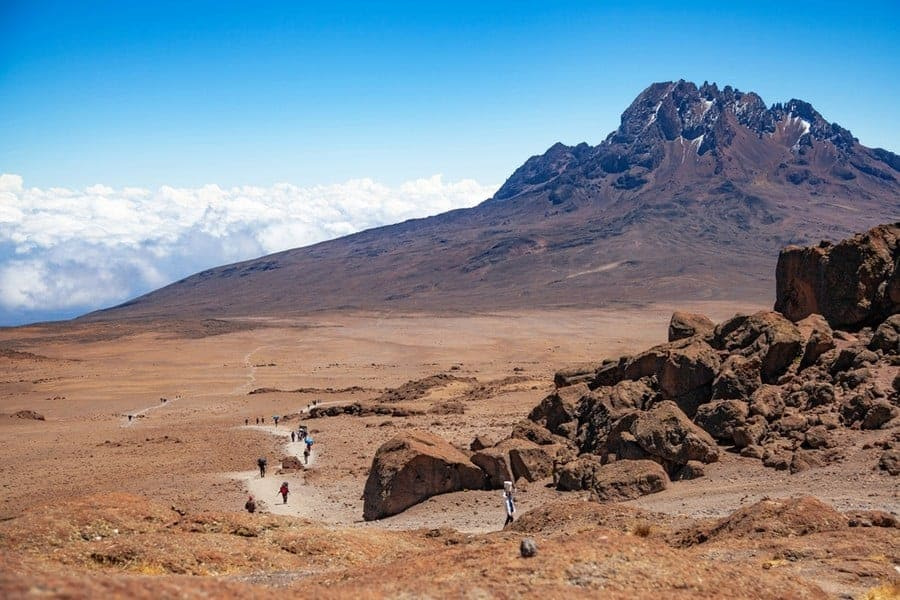
Who Was the First to Climb Mawenzi Peak?
The early history of Mawenzi’s exploration is closely tied to the broader history of Kilimanjaro. Initial attempts to climb the mountain were focused more on reaching the highest point, Uhuru Peak, rather than the technical challenge of Mawenzi.
The first documented successful ascent of Mawenzi was made in 1912 by a German team led by Dr. Fritz Klute. Klute’s team chose the Northeastern route for their ascent, a path that is still used by climbers today. This ascent was significant as it opened up Mawenzi as a mountaineering destination in its own right, separate from the more frequently climbed Uhuru Peak.
What Are the Guidelines for Climbing Mawenzi Peak?
Here are the guidelines as published by the Kilimanjaro National Park Authority.
- Only experienced rock climbers shall attempt Mawenzi technical climb
- Briefing will be conducted by guide prior to departure
- Tour operator shall provide a first aid kit for the Mawenzi climbers
- Tour operator shall have a reliable communication system and rescue/emergence response plan
- Visitors must have the following technical climbing mountain gears;
- Long Slings
- Medium length slings
- Carabiners
- Rappell device
- 60m 8.5mm ropes
- Alpine harness
- Locking carabiners
- Climbing boots
- Helmets
- Ice axes
- Crampons
- Only one group of two climbers at a time will be allowed during climbing Mawenzi Peak.
- Mountain technical climbers shall be careful to avoid accidents
- All climbers should adhere with all other park rules and regulations.
- Minimum age allowed in the activities shall of or above 18 years older
- Time of Mawenzi technical climbing shall be between 0600 and 1800. Park Authority strongly discourages climbers from deliberately planning and executing night climbs.
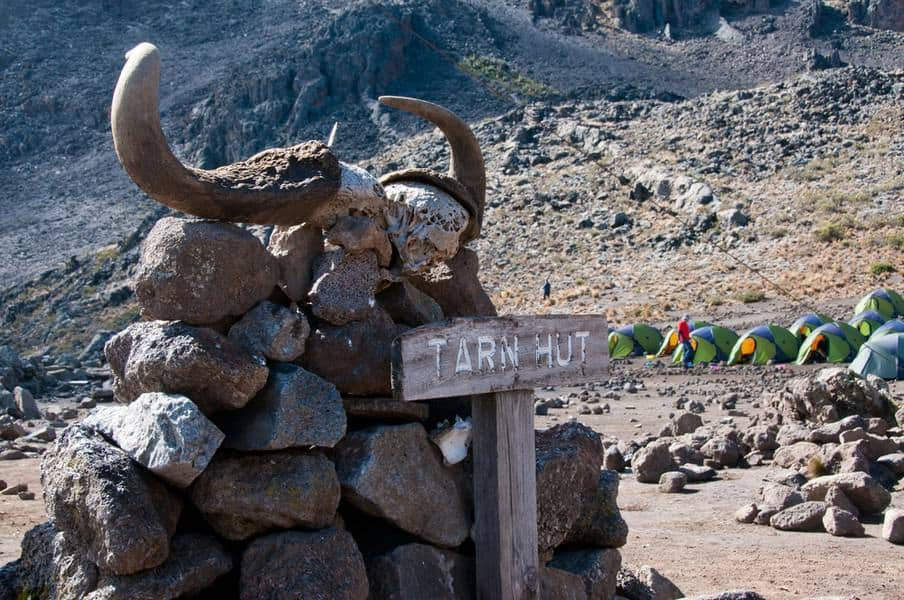
When is the Best Time to Climb Mawenzi Peak?
The best time to climb Mawenzi Peak is during the two dry seasons.
The long dry season from the end of June to October offers clear, dry weather, making it an ideal time for climbing. The skies are often clear, providing excellent views and stable conditions for technical climbing.
The short dry season from December to early March is characterized by slightly warmer temperatures, which can make for a more comfortable climb, especially at lower altitudes.


